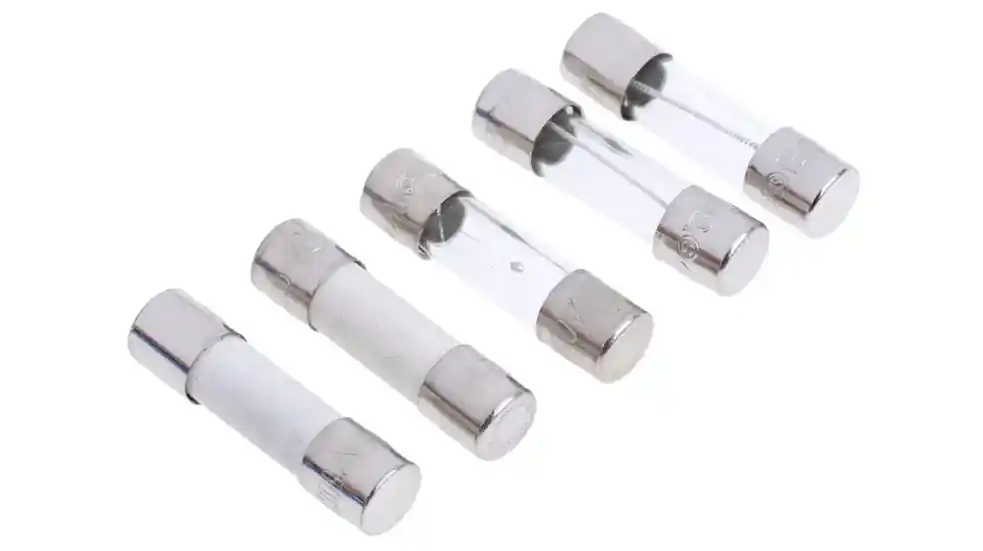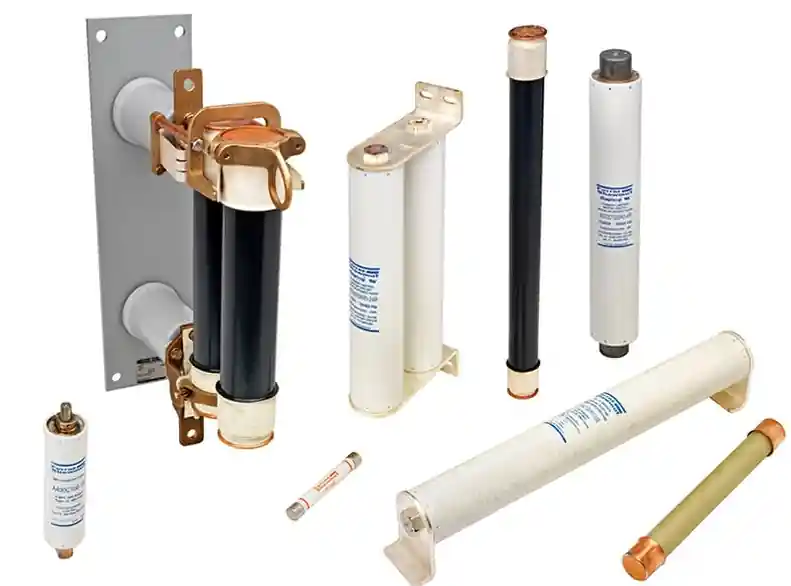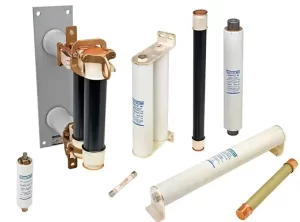- Core Concept: Understanding High Breaking Fuses
- Application Fields of High Breaking Fuses
- Market Trends and Technological Development
- Technical Specifications Overview
- Types of High Breaking Fuses
- Key Design Elements:
- Differences from Standard Fuses
- Buying Tips and Selection Advice
- Frequently Asked Questions (FAQ)

Core Concept: Understanding High Breaking Fuses
A high breaking fuse is a protective device capable of interrupting very large fault currents without causing damage to surrounding equipment. Unlike standard fuses, high breaking fuses are designed to safely open circuits even when subjected to short-circuit conditions exceeding tens or hundreds of kiloamperes (kA).
Typically, an HBC fuse has a ceramic or high-strength casing filled with arc-quenching material such as silica sand, enhancing its ability to dissipate energy and extinguish arcs rapidly.
According to Wikipedia, high breaking fuses are critical in medium-voltage solutions and high-power applications.
Application Fields of High Breaking Fuses
- Industrial Power Systems: Motor protection, transformer protection, and capacitor bank safeguarding.
- Renewable Energy Plants: Solar farms and wind energy systems require high breaking protection against surge faults.
- Public Infrastructure: Substations, railway electrification, and airport power supplies.
- Commercial Facilities: Protecting HVAC systems, elevators, and large UPS systems.
High breaking fuses prevent catastrophic equipment failures by isolating faulty sections quickly and safely.
Market Trends and Technological Development
Modern electrical grids demand higher fault tolerance and faster protection mechanisms:
- Renewable Integration: The growth of decentralized energy sources increases the need for reliable fault isolation.
- Smart Grids: High breaking fuses are being integrated with monitoring systems for predictive maintenance.
- Eco-Friendly Designs: Manufacturers are shifting toward RoHS-compliant, recyclable fuse materials.
Leading players like ABB, Siemens, and Schneider Electric have expanded their portfolios to include high-performance HBC fuses suitable for both legacy and smart grid systems.
According to IEEE reports, advancements in fuse materials and arc-extinguishing techniques are enhancing performance while reducing maintenance intervals.
Technical Specifications Overview
| Parameter | Typical Value |
|---|---|
| Rated Voltage | 400V to 36kV |
| Rated Current | 2A to 1600A |
| Breaking Capacity | 50kA to 120kA |
| Operating Time | Instantaneous to a few milliseconds |
| Standards Compliance | IEC 60269, IEEE C37.46 |

Types of High Breaking Fuses
- DIN Type Fuses: Standardized dimensions for European markets.
- NH Fuses (Blade Contact Fuses): High current ratings, used in industrial installations.
- BS88 Fuses: Widely used in British and Commonwealth countries.
- Square Body Fuses: Compact design, often used in semiconductor protection.
Key Design Elements:
- Arc quenching materials like silica sand.
- Ceramic or fiber-reinforced plastic bodies.
- Silver or copper fuse elements.
- Indicator flags for quick blown-fuse identification.
Differences from Standard Fuses
| Aspect | Standard Fuse | High Breaking Fuse (HBC) |
| Breaking Capacity | Low to moderate | Very high (up to 120kA) |
| Application | Residential and small systems | Industrial, renewable, infrastructure |
| Housing Material | Plastic/glass | Ceramic/strong composite |
| Cost | Lower | Higher, justified by performance |
The difference lies not only in performance but also in construction quality and intended usage environments.
Buying Tips and Selection Advice
- Understand Fault Levels: Choose fuses with a breaking capacity exceeding the highest possible fault current.
- Verify Standards Compliance: Look for IEC 60269 or IEEE C37.46 certified products.
- Environment Considerations: Ensure compatibility with temperature, humidity, and vibration exposure.
- Physical Dimensions: Confirm form factor compatibility with fuse holders or switchgear panels.
- Maintenance Features: Select fuses with visual blown indicators for easier system inspections.
Partnering with reliable brands like ABB, Eaton, and Schneider Electric ensures compliance, safety, and longevity.
Frequently Asked Questions (FAQ)
A1: High breaking fuses provide faster response times and are more economical for protecting smaller systems or equipment with very high fault levels.
A2: They should be inspected annually, but replacement is only necessary if a fault occurs, unlike periodic maintenance needs of circuit breakers.
A3: No. Once a fuse operates (blows), it must be replaced to restore system protection.
In conclusion, high breaking fuses are vital for modern electrical safety, offering superior fault current interruption capabilities and reliable performance across diverse industrial and infrastructure applications. Their correct selection and deployment significantly enhance system resilience and operational safety.

